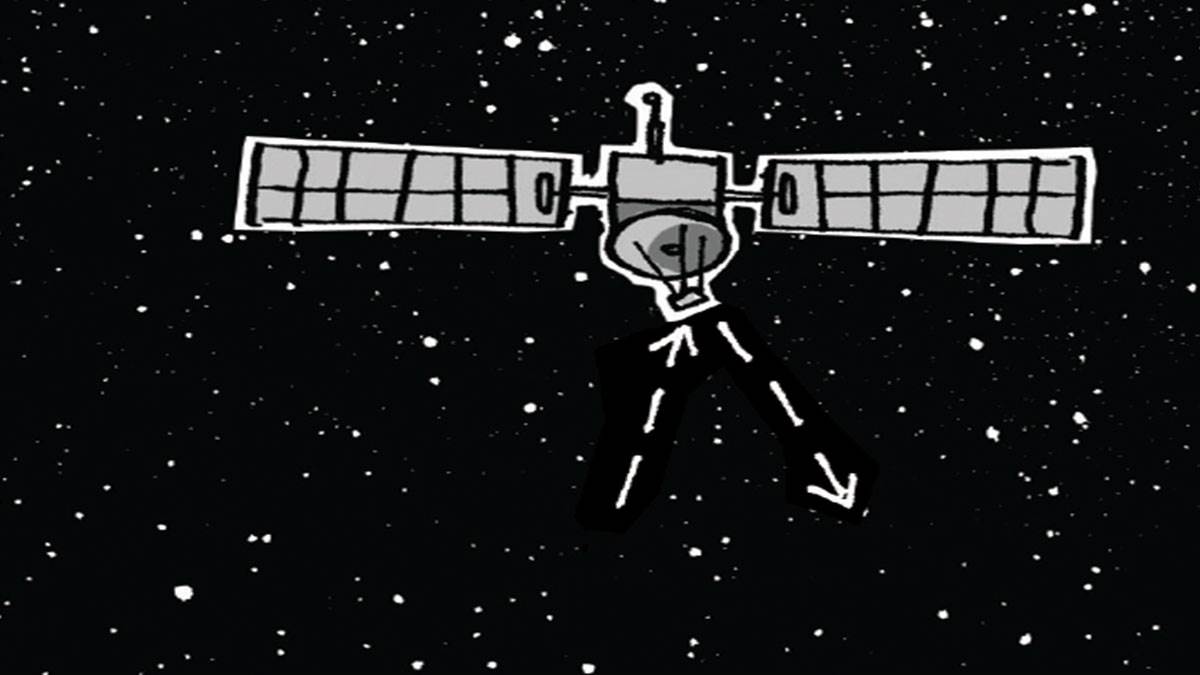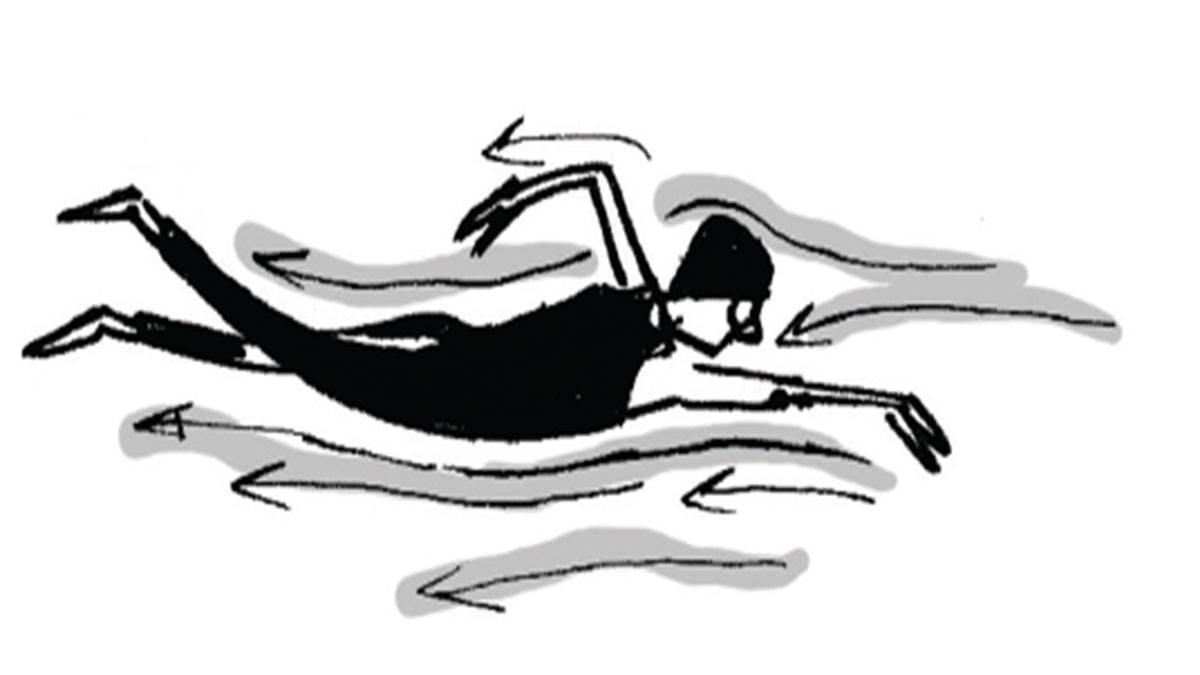Ten amazing space (and Earth) facts from astronomer Dr Sheila Kanani
Published on: 13 June 2019 Author: Dr Sheila Kanani
Have you ever looked at the sky and wondered about space and astronomy and how it affects us here on Earth? Dr Sheila Kanani, author of How to Be An Astronaut and Space on Earth, shares her most head-scratching and eye-widening facts – about up there and down here – for curious children and grown-ups.

Illustrations by Del Thorpe
1. After the Apollo 11 mission in 1969, all the special cameras and audio equipment that were designed for it at great expense were left behind on the moon!
2. NASA scientists are discussing the possibilities of creating a satellite system around Mars to enable future Mars astronauts to easily navigate themselves around the red planet. So many of us rely on GPS (short for Global Positioning System) that we forget that the information on where we are (anywhere in the world) is coming from satellites in outer space, flying around our planet!
3. We are able to get omega-3 from eating certain fish or fish oils. However, the fish don’t produce omega-3 themselves: in fact, it is the microalgae they eat that produce these fatty acids, which then enter their bodies. We know this because scientists from NASA tested strains of microalgae, to see if they'd be suitable as a food supply for long space missions, in the 1980s.

4. Many animals have been given prosthetics to make their lives better. The many notable success stories include an elephant who was fitted with a fake leg after losing one to a landmine, a loggerhead turtle who was given prosthetic flippers after having a run-in with a shark, and an eagle who got a 3D-printed beak to help it eat and drink. NASA has helped to fund a lot of prosthetic research through its look at robotics.
5. If you have ever worn a Fitbit or other sports watch, you are wearing something very similar to slippers which track their wearers (used by dementia sufferers), as these devices also contain a GPS chip to monitor your location.
6. The full-body version of the LZR Racer swimsuit, which uses technology originally intended for space, has been banned from international competitions because it was making swimmers too good!

7. Memory foam can return to its original shape even if it is compressed up to ninety per cent. A 7-cm-thick piece of memory foam can absorb all the energy of an adult falling from a height of three metres! Memory foam was developed by NASA in the 1970s to improve crash protection.
8. Arthur C Clarke, a famous British science-fiction author, was the first person to come up with the idea of satellite communication – in 1945! He imagined a situation in which three satellites, evenly spaced around the Earth, would help global communication.
9. Solar-panel technology is now so advanced you can get a solar panel that is so thin you can roll it up and put it in your pocket! Such ultra-thin solar panels have been very useful in the military, as soldiers can take flexible, lightweight solar panels with them when they are working in the desert. This means that they don’t have to take spare batteries or chargers with them. Spacecraft in the inner solar system often rely on solar panels to get their electricity from sunlight.
10. Prosthetics were first used in ancient Egypt. The big toe might seem like a small part of the body, but it is useful for balance and for pushing the rest of the body forward. Without a big toe, it is very difficult to walk – and the ancient Egyptians realized this and made artificial toes from wood and leather to aid those who had lost them.
Topics: 6-8 years, 9-11 years, Science, Features, Space






Add a comment